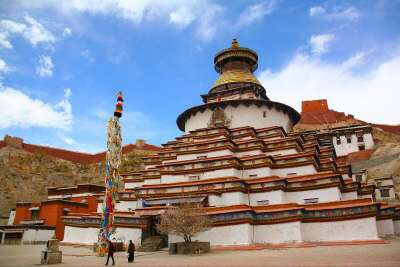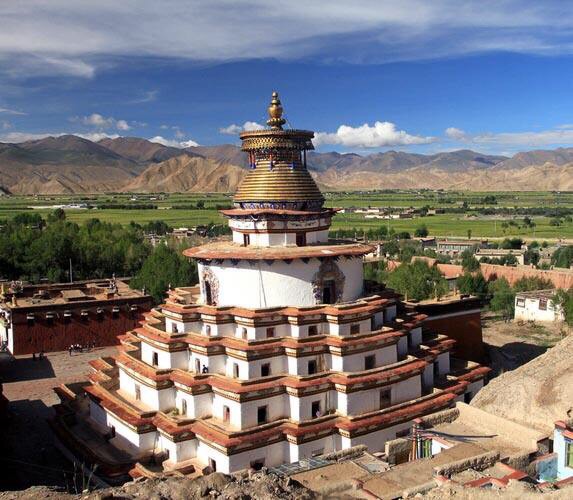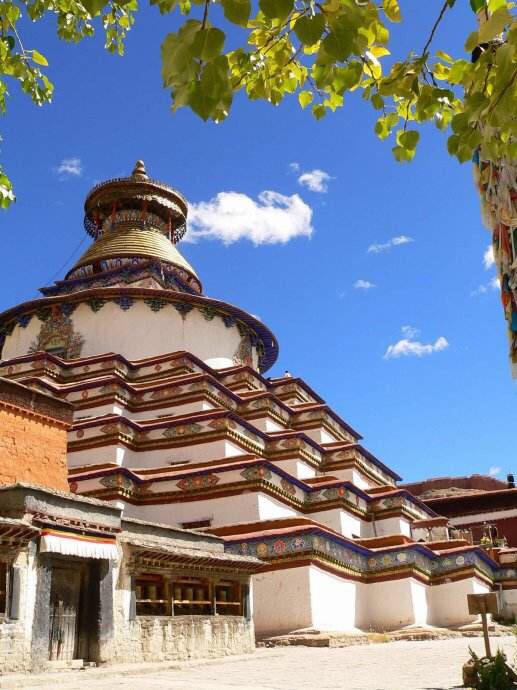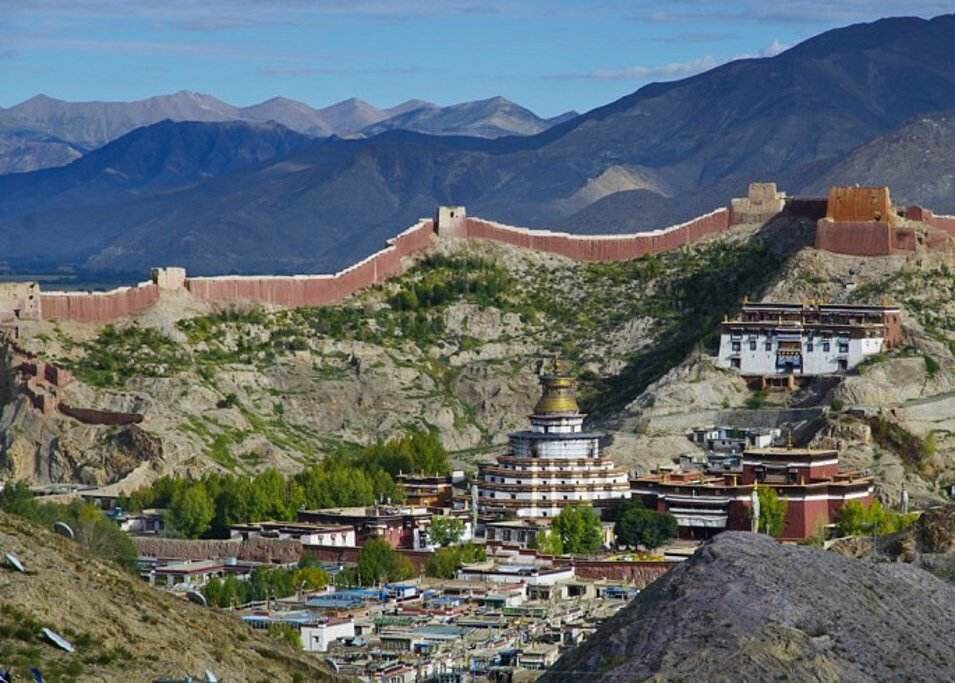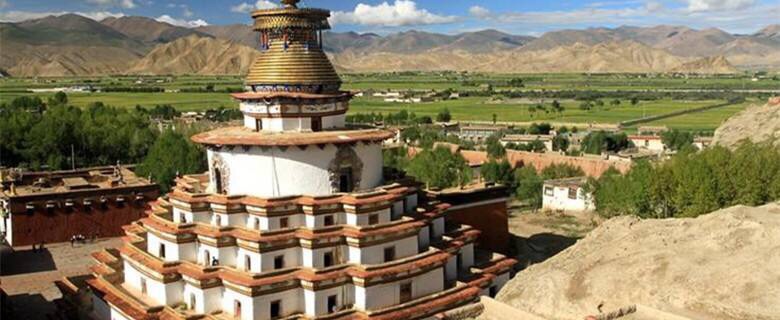
Baiju Temple
- Chinese Name:江孜白居寺
- Add: About 1km northwest of Gyantse County, Shigatse City 日喀则市江孜县城西北约1km处
- Opening Time: 09:00-19:00
- Tickets: 40 CNY/per
- Tel: (+0086) 0892-8172105
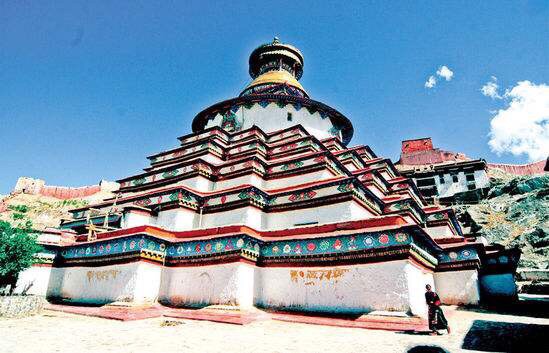
Baiju Temple
Pelkor Chöde Monastery: A Fusion of Faith and Art
Nestled in the historic town of Gyantse, Pelkor Chöde Monastery (commonly known as Palcho Monastery) is a captivating destination for travelers eager to explore Tibet’s spiritual and artistic heritage. This unique monastery, famed for its harmonious blend of different Buddhist sects and its iconic Kumbum stupa, offers an unforgettable cultural experience.
A Unique Symbol of Religious Unity
Founded in the 15th century, Pelkor Chöde Monastery is a rare site where three major Buddhist traditions—Sakya, Gelug, and Kagyu—peacefully coexist. This spirit of unity is reflected in the monastery’s architecture and spiritual practices, making it a compelling destination for those interested in Tibetan Buddhism and interfaith harmony.
The Magnificent Kumbum Stupa
The monastery’s most famous feature is the Kumbum Stupa, a stunning 35-meter-high structure with 77 chapels spread over nine tiers. Known as the “Ten Thousand Buddha Pagoda,” it houses thousands of murals, statues, and religious artifacts that showcase the exquisite craftsmanship of Tibetan artisans. Climbing the stupa’s tiers reveals ever-expanding views of the monastery, the town of Gyantse, and the surrounding valley, offering both spiritual and visual rewards.
A Treasure Trove of Art and Culture
Pelkor Chöde is a living museum of Tibetan art. Its ancient murals and sculptures depict intricate Buddhist narratives and are among the finest examples of Tibetan artistry. Visitors can witness traditional prayer rituals performed by resident monks, providing a glimpse into the monastery’s vibrant spiritual life.
An Essential Stop on Your Tibetan Journey
Pelkor Chöde Monastery is conveniently located along the route between Lhasa and Shigatse, making it an ideal stop for travelers exploring central Tibet. Its combination of spiritual depth, artistic brilliance, and historical significance ensures a rich and rewarding experience.
Why Visit Pelkor Chöde Monastery?
Whether you’re drawn by its architectural splendor, spiritual resonance, or artistic treasures, Pelkor Chöde Monastery invites you to connect with Tibet’s profound heritage. Discover the harmony of faith and artistry in the heart of Gyantse—it’s an experience you won’t forget.
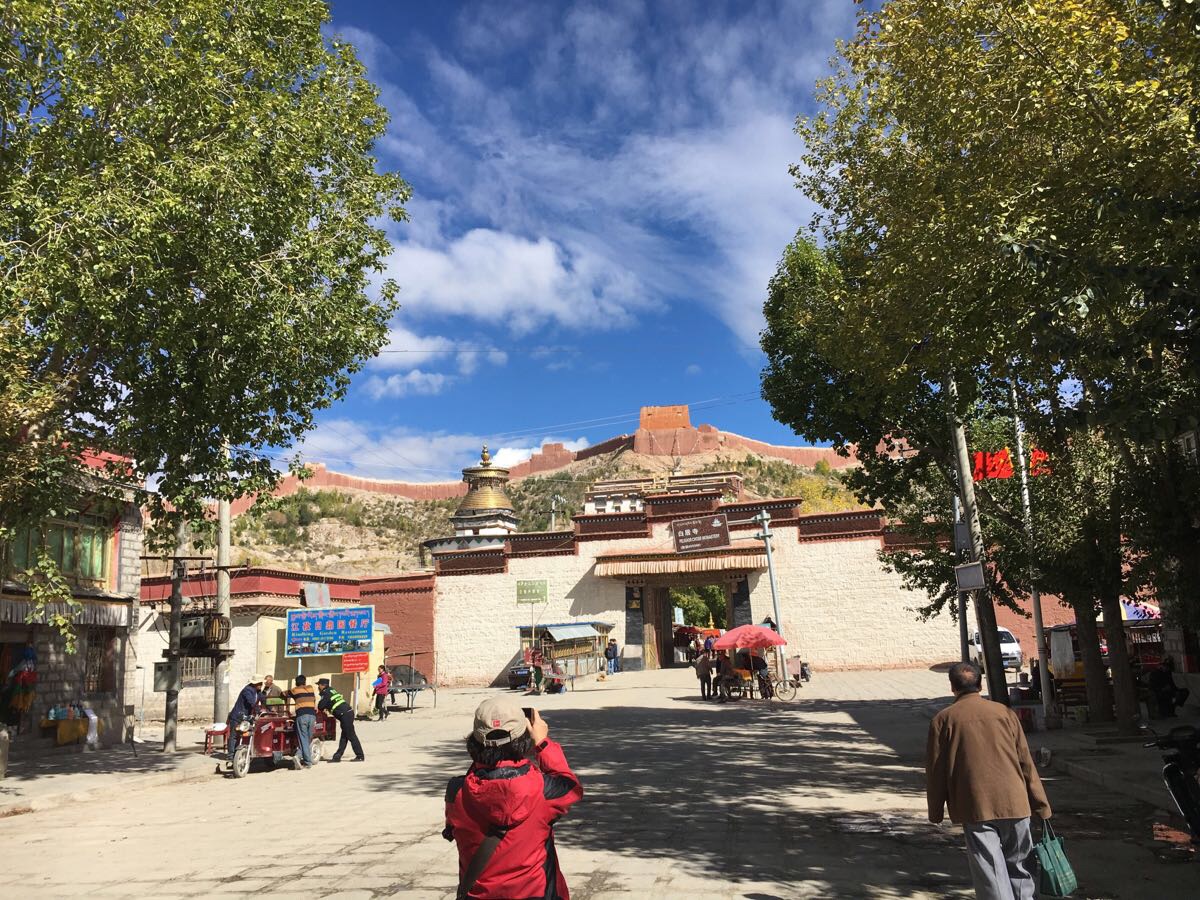
Baiju Temple Video
